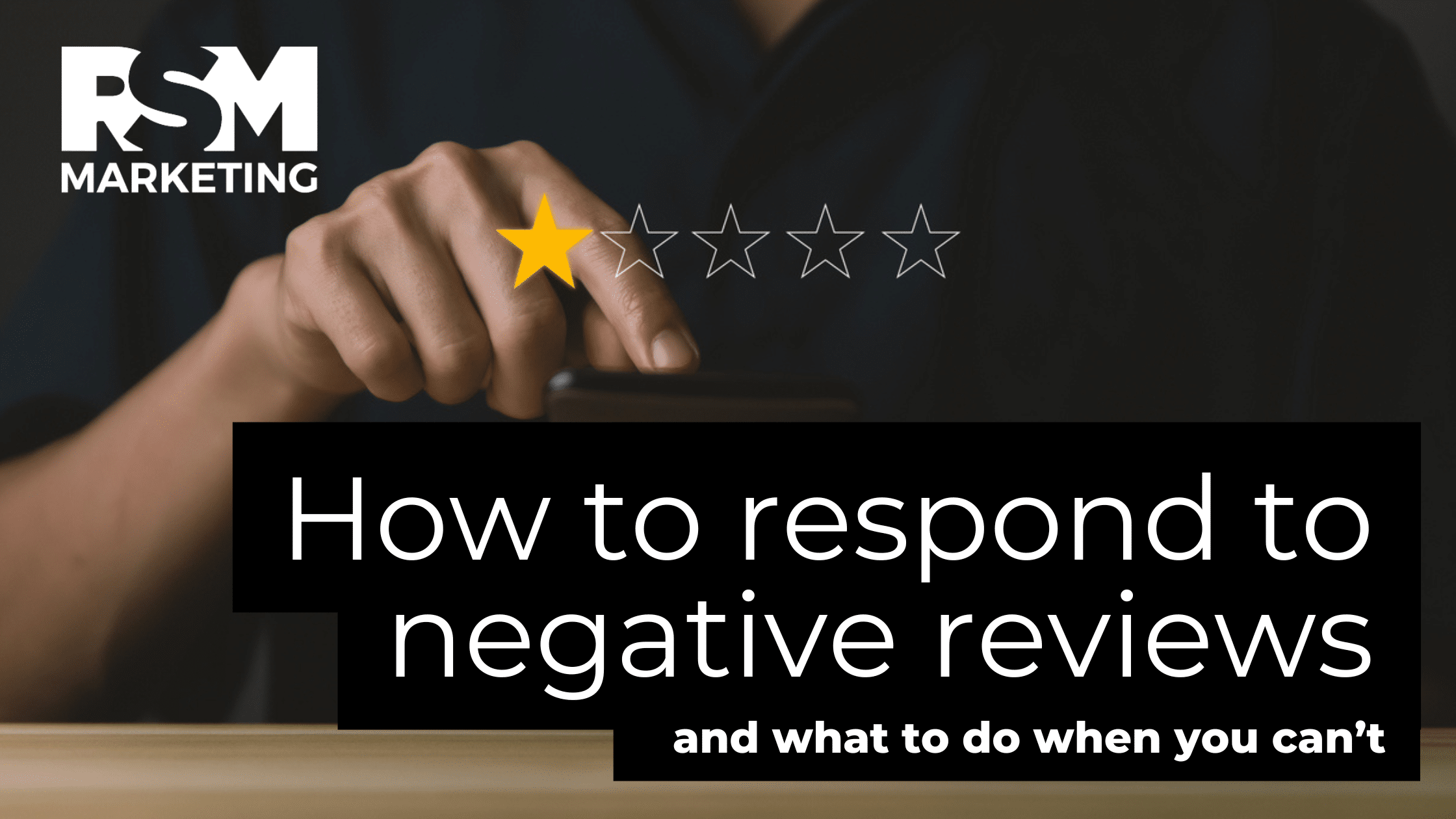Setting up the foundation of your website is akin to building a physical, brick-and-mortar business location. There are actually many parallels between physical building space and the elements that make up your new online presence. In this edition of An Insider’s Guide to Building a Website, we’ll talk about the technical basics of building your online storefront from the ground up.
Here are the primary things to consider when you tackle a new website:
1). Choose a Domain: Location, Location, Location
In the real world, this is called site selection. Online, it’s your domain, also known as your URL or internet address.
- Online Example: marcyspetshop.com
- Real World Example: 12345 W. 123rd St., Overland Park, KS 66213
When you purchase a domain, that domain provider becomes your landlord, i.e. your registrar: you essentially rent space from this person and you pay to keep your domain “alive” on a yearly basis. We highly suggest that, for best SEO value, you purchase 2-5 years.
Very often, your registrar will offer many options to purchase with your domain—like privacy, website builders, and email services, and you can safely refuse all these “extras.” Here are the domain providers that we recommend:
Keep in mind that just because you buy a domain from someone doesn’t mean you have to host with them. Most often, you should not buy hosting from the registrar.
2). Choose a Web Host: Your Online Real Estate
In the real world, this is where your actual store will be. Online, this is where the pages and content of your site are stored and served from.
- Online Example: Media Temple Web Hosting
- Real World Example: The Bell Tower Plaza Strip Mall
Don’t confuse the registrar where you purchased your domain with your web host—they are not the same. For example, at RSM Marketing we use Go Daddy as our domain vendor then point the hosting records for those domains to our various hosting partners where the site files are stored and served.
When choosing a host, focus less on price and more on domestic service. Go ahead: pay more for nightly off-site backup. Don’t get sucked into buzzwords like “one-click WordPress install”, “unlimited databases”, and “control panel access”.
3). Choose a Platform: The Format of Your Website
This is where things start to get a little more tech-y. In the real world, this is the internal structural elements of your store— what materials and fixtures you use to build the walls, the floor, ceilings and how those decisions affect the operation of the shop. Online, how you start building the site will determine the flexibility of design changes down the road. It will affect how quickly you can respond to new marketing initiatives and business decisions.
- Online Examples: WordPress, ASP or WIX
- Real World Example: Rolling retail fixtures
To make a real-world analogy, let’s say you build a new pet store and decide to cover 60% of the floor with large, immovable rows of product shelving. Later, you discover that converting some of that retail space to offer weekly pet obedience courses will be very difficult. If you had made the decision to have some of your retail offerings on rolling kiosk-type displays, your flexibility would have been greatly enhanced. Likewise, choose a web content management system that allows adjustable content areas, sidebars, footers, forms, and headers that will offer a lot of flexibility. The trade-off gives you complexity with a longer learning curve.
There are four major open-source platforms you can choose from:
RSM Marketing uses WordPress for all of the websites that we build. As an open source web publishing system, WordPress is one of the most popular and widely-used platforms on the planet and for good reason— it’s ultra-stable, easy-to-adopt and has a massive community of user support surrounding it. HTML is an open source route that you can take that also requires no paid licensing. However, you have to know HTML in order to hand-code your site.
4). Content is King: Furnishing Your Space
Once your domain is active, your hosting is live, the domain is pointed and WordPress (or your chosen platform) is installed, you need to add content (furnishings) to fill that space to reflect your business personality.
- Online Examples: Navigation, Pages, Text, Infographics, Photos, Videos, Blog Articles, Twitter Feeds
- Real World Examples: Counters, Shelving, Decor
When it comes to building the foundations of your website, all of the techie jargon can seem overwhelming, but don’t fret! We’ll help sort things out for you so you know which way is up and what to look out for as you continue to dress up your site.
Save vs. Splurge
Save: Avoid hosts that offer “Unlimited Databases,” “Unlimited Domains” or massive amounts of space (for example, 3 Terabytes). These hosting services are geared toward agencies and unlikely to be of value to a single site owner. Find someone who can offer a package that can support YOU. Find something that fits your needs.
Splurge: Spend your money on support. Ask yourself, “What do I do when something goes wrong?” It’s like saving money on brakes—go for the option that will keep your business safe and secure and give you peace of mind. Essentially, you get what you pay for. Do you really want to trust your business’s site to $6/month hosting service? Probably not. Plan on spending anywhere between $20 – $50/month so that you can expect a reasonable level of service.
Rookie Mistakes
Choosing a bad domain.
Before you purchase your domain, critically analyze it. Think about how it looks to the user. Is it confusing from an outside perspective? Would you constantly have to explain it to people? Furthermore:
- Run it by friends and family and get their feedback after they try typing it out.
- Avoid dashes or two words that end and begin with the same letter (maryssuperpetsstore.com).
- If you have a number in your domain decide if you want it spelled out or not and stick with it.
- Choose a longer domain over using dashes.
- See if there are other variations out there to avoid someone mistaking your business for someone else’s.
Being in a hurry.
As we stated at the beginning of this article, building a good website is a tedious process. But it’s best to be deliberate! Look at your competition. See what you love/hate about other sites and write yourself a wish-list of what you want yours to look like. If you are deliberate and purposeful, you’ll save yourself a lot of hassle in the future.
Trying to reinvent the wheel.
Stick with convention your first time around. There is no shame in being predictable. You can’t go wrong with a reliable platform that’s easy for you to use and understand, a straightforward domain, easy navigation and clean features!
Disregarding your user.
When it comes to web building, always consider your user. Make it easy for someone to find you with an easily understood domain and properly implemented SEO so that you show up in search listings. Make it easy for your user to navigate your site–they’ll appreciate it and stick around longer. Put all your basic information (who you are, contact info, directions, etc.) in a spot they’ll see or find it with little to no effort. Make sure that everything is working properly at all times, and if something goes wrong, you have the support readily available to fix it.
You’re probably realizing at this moment that you’ve taken on a huge project, and for that we say kudos to you! If done right (especially if you’ve done it yourself), your website will be the surest way for you to reign supreme in search listings and to capture an even wider audience for your business. Best of luck to you as you take this journey!





